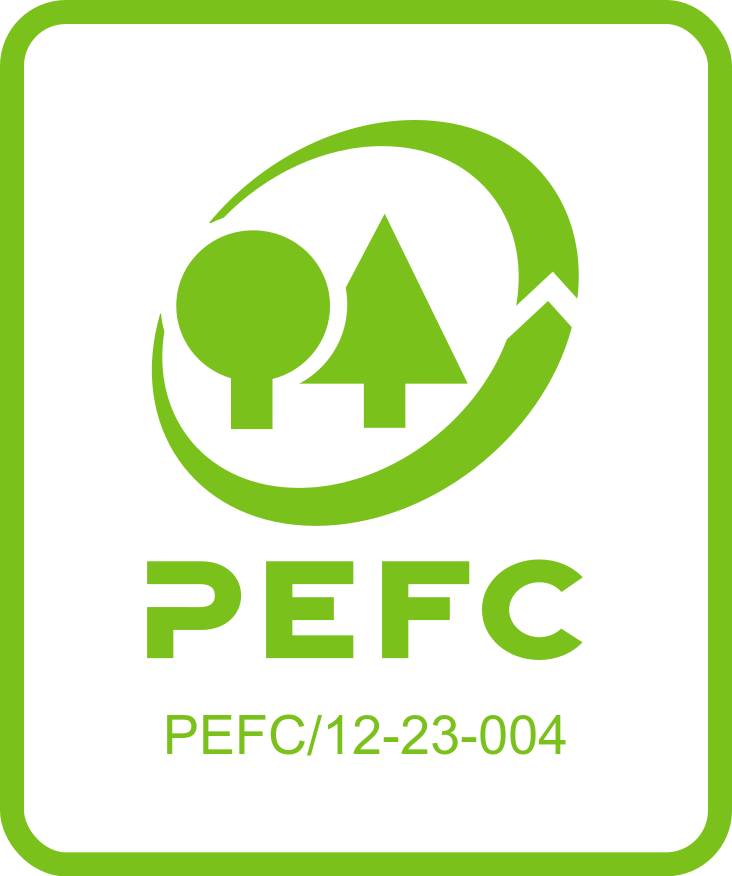Mežsaimniecības ietekme uz meža un saistīto ekosistēmu pakalpojumiem 2017

Pētījumu programmas otrajā etapā turpināts darbs pie mežsaimniecības ietekmes uz meža un saistīto ekosistēmu pakalpojumiem izpētes dažādos telpiskos un laika mērogos četrās aktivitātēs.
- Mežsaimniecības ietekmes ainavu mēroga novērtējums uz meža un saistīto ekosistēmu regulējošo un uzturošo ekosistēmu pakalpojumu kvalitāti. Turpināta datu un paraugu ievākšana atbilstoši pētījumu programmas pirmajā gadā sagatavotajam grafikam. Veikta veģetācijas uzskaite 8 maršrutos gar renovējamiem grāvjiem un ceļiem. Turpināts darbs pie ekosistēmu pakalpojumu vērtējuma indikatoru izstrādes. Pabeigta 2017.gada veģetācijas sezonas paraugu ievākšana (augsnes ūdens, gruntsūdens, virszemes notece, nobiras) 2011.gadā ierīkotajos monitoringa objektos zinātniskajos mežos Kalsnavas mežu novadā, šajos objektos maijā veikta jaunaudžu uzskaite, bet jūlijā – veģetācijas uzskaite.
- Ilgtspējīgi intensificētas mežsaimniecības īstermiņa un ilgtermiņa ietekmes uz nodrošinošo, regulējošo un uzturošo meža ekosistēmu pakalpojumu kvalitāti novērtējums. Veikts lielās pergamentsēnes attīstības novērtējums uz lielu dimensiju mežizstrādes atliekām. Turpināta augsnes ūdens un nokrišņu paraugu ievākšana celmu izstrādes vidēja termiņa ietekmes vērtēšanas objektos. Šajos objektos veikts vaboļu faunas novērtējums pie egļu celmiem, sakņu piepes un celmenes sastopamības novērtējums uz celmiem, kā arī veikta jaunaudžu uzskaite. Turpināta pētījumu objektu ierīkošana un uzmērīšana celmu izstrādes ilgtermiņa ietekmes vērtēšanai (veģetācijas uzskaites un oglekļa uzkrājuma novērtējums augsnē). Ierīkoti papildu pētījuma objekti liela mēroga mežizstrādes novērtēšanai Kuldīgas novadā un Slīterē.
- Mežsaimniecības un nodrošinošo meža ekosistēmu pakalpojumu mijiedarbība - nekoksnes produktu pieejamības un kvalitātes izmaiņas. Organizētas trīs aptaujas par meža nekoksnes produktu ieguvi: sabiedrības aptauja, mednieku aptauja, mednieku klubu aptauja un individuālu mednieku aptauja. Apkopoti rezultāti par biškopības nozīmi. Veikta meža nekoksnes produktu uzskaite Meža statistiskās inventarizācijas parauglaukumos, kā arī regulāra ogu (brūklenes, mellenes) un sēņu uzskaite īpaši ierīkotos maršrutos Vidusdaugavas un Ziemeļkurzemes reģionos, kā arī kopšanas ciršu parauglaukumos.
- Mežsaimniecības un meža estētisko un rekreācijas pakalpojumu mijiedarbība (kultūras EP). Organizēta iedzīvotāju aptauja par rekreācijas preferencēm dažādos gadalaikos, apkopota informācija par pavasara, vasaras un rudens sezonu. Veikts mežsaimniecības ietekmes uz ainavas vizuālo kvalitāti novērtējums ainavu arhitekta un sabiedrības skatījumā. Identificēti potenciālie skatu punkti demonstrācijas objektiem apmācībām par ainavas vizuālo kvalitāti.
Summary
Activity 1. Assessment of landscape-level impact of forest management on the quality of regulating and provisioning forest ecosystem services. Sampling according to the sampling schedule has been continued in the model areas of Zalvite and Slitere – soil solution, groundwater, runoff. Repeated vegetation survey along 8 reconstructed ditches and forest roads was conducted. Mapping of forest ecosystem services in the model areas has been carried out, by developing new indicators and improving already developed ones. Sampling in the biomass removal objects has been continued for the 6th season – soil solution, groundwater, runoff, litter. Second survey of the young stand has been carried out in these objects.
Activity 2. Assessment of sustainably intensified forest management short- and long-term impact on the quality of provisioning, regulating and supporting forest ecosystem services. Repeated assessment of the development of Phlebiopsis gigantea on large logging residues has been carried out. Sampling of soil solution and precipitation has been continued in the objects of assessment of stump removal mid-term effects. Measurement of the young stand, survey of beetles and evaluation of root rot occurence has been carried out in these plots. Establishment and measurement of sample plots for the evaluation of stump removal long term effects and large scale logging was being continued.
Activity 3. Interaction between forest management and provisioning forest ecosystem services – accessibility and quality of non-wood forest products (NWFPs). Three surveys have been organized about the importance and use of non-wood forest products: inhabitants, hunter clubs and individual hunters. Assessment of the importance of forest for beekeeping has been performed. Analysis of non-wood forest products has been conducted on National forest inventory plots and on a regular basis (forest berries and mushrooms) – in special routes established in Northern Kurzeme and Vidusdaugava regions, as well as forest thinning plots.
Activity 4. Interaction between forest management and aesthetic and recreational forest ecosystem services. Survey of inhabitants about their recreational preferences in different seasons has been carried out, results about spring, summer and autumn preferences are included in the report. Assessment of visual quality of forest landscape with different degree of forest management impact has been carried out, both by landscape architect (professional opinion) and inhabitants (visual preferences).




